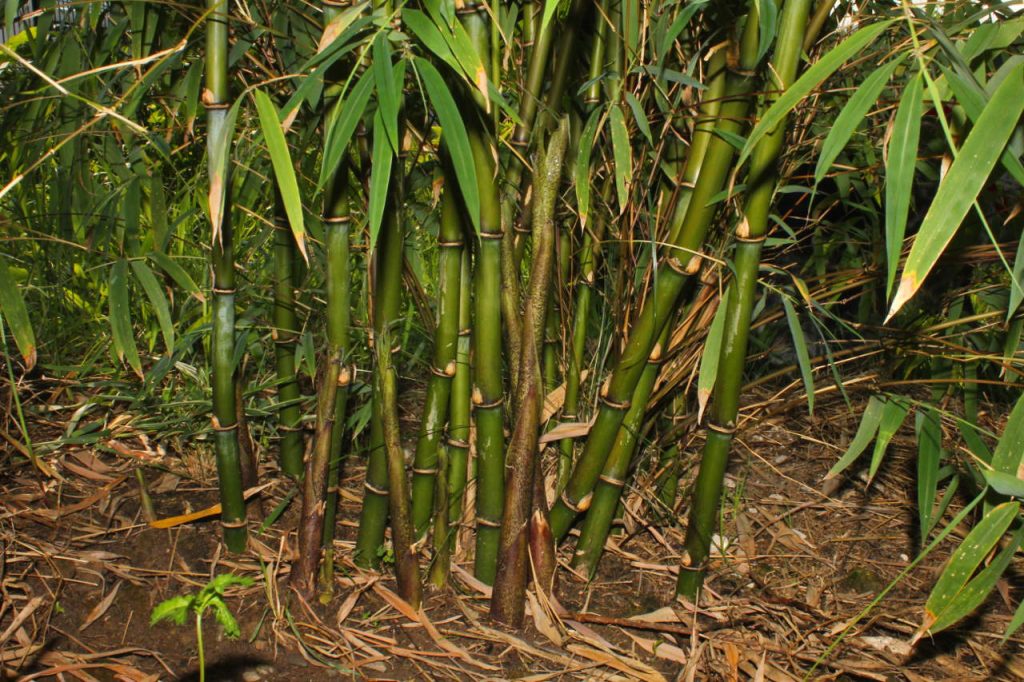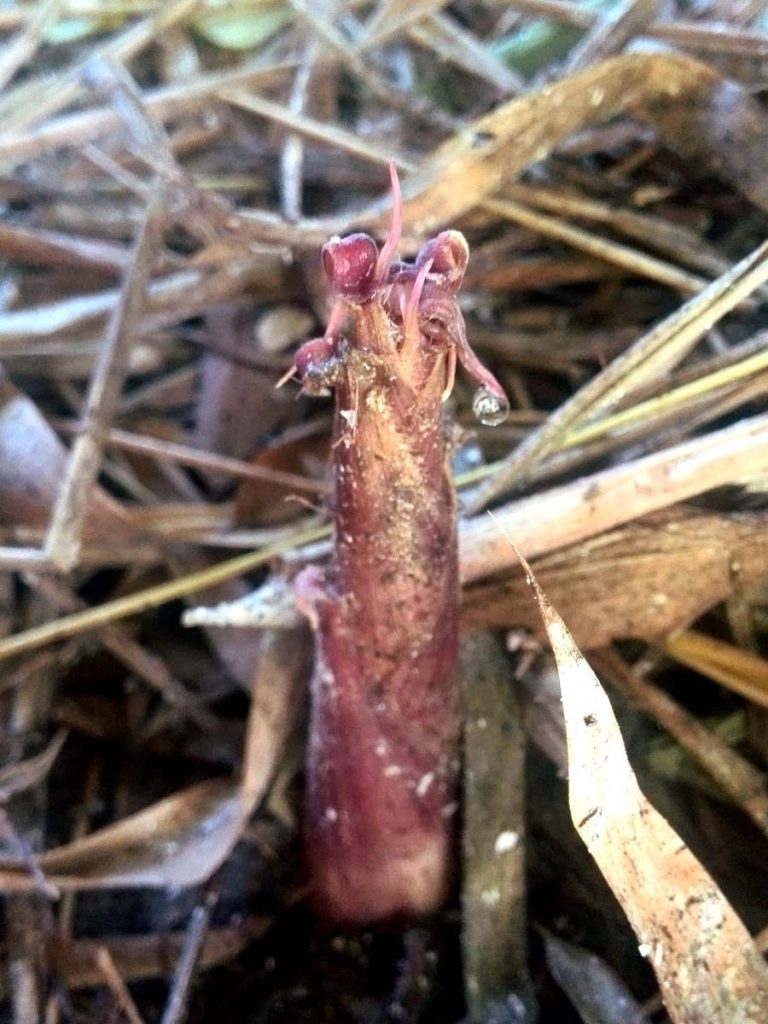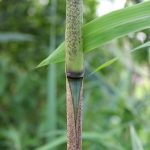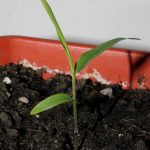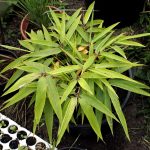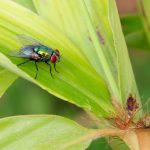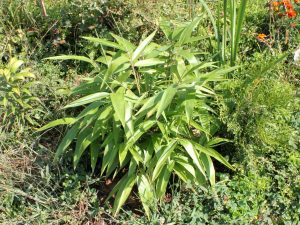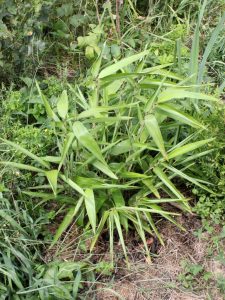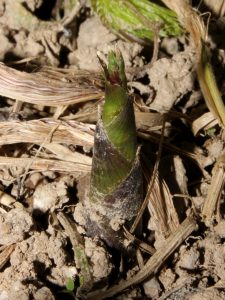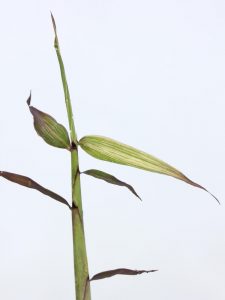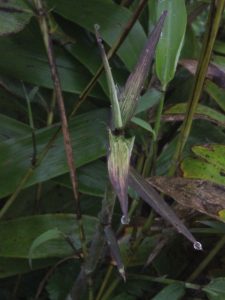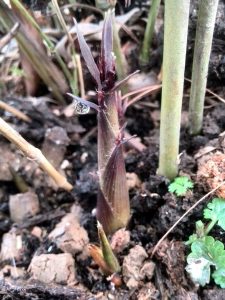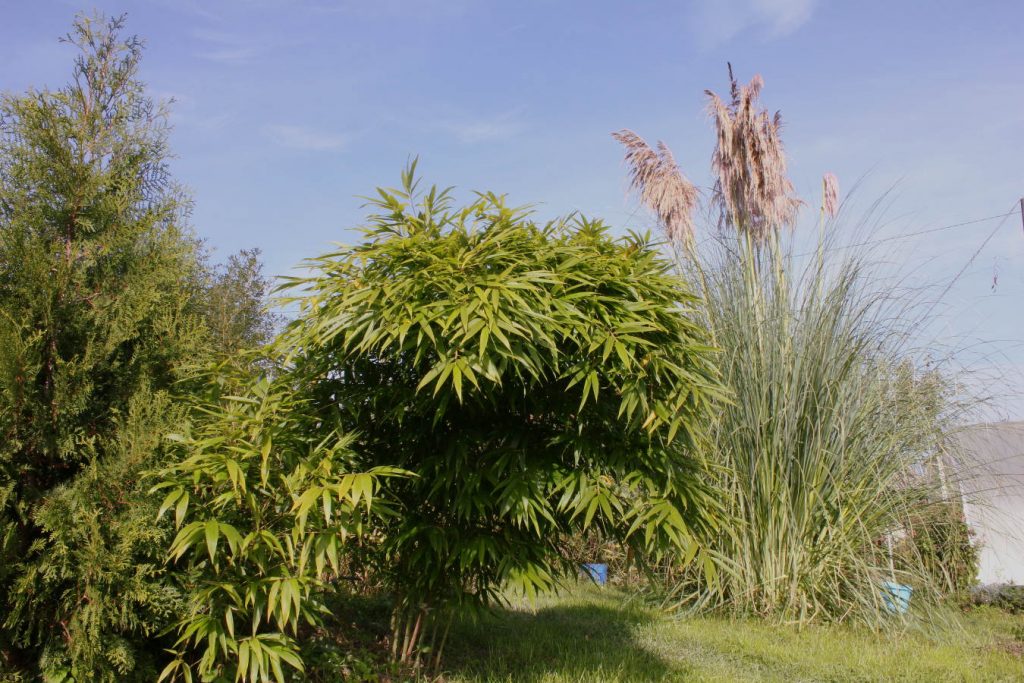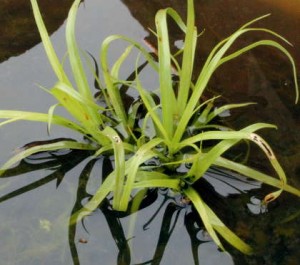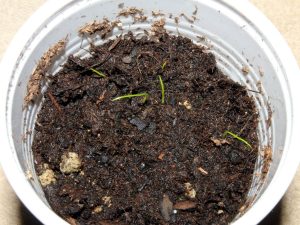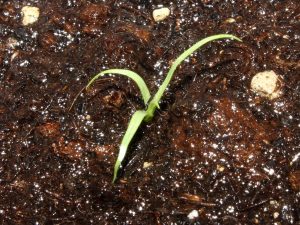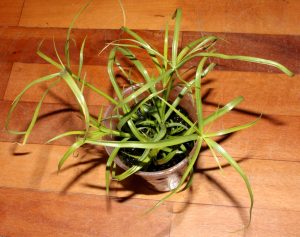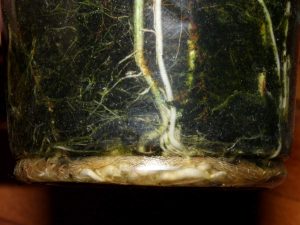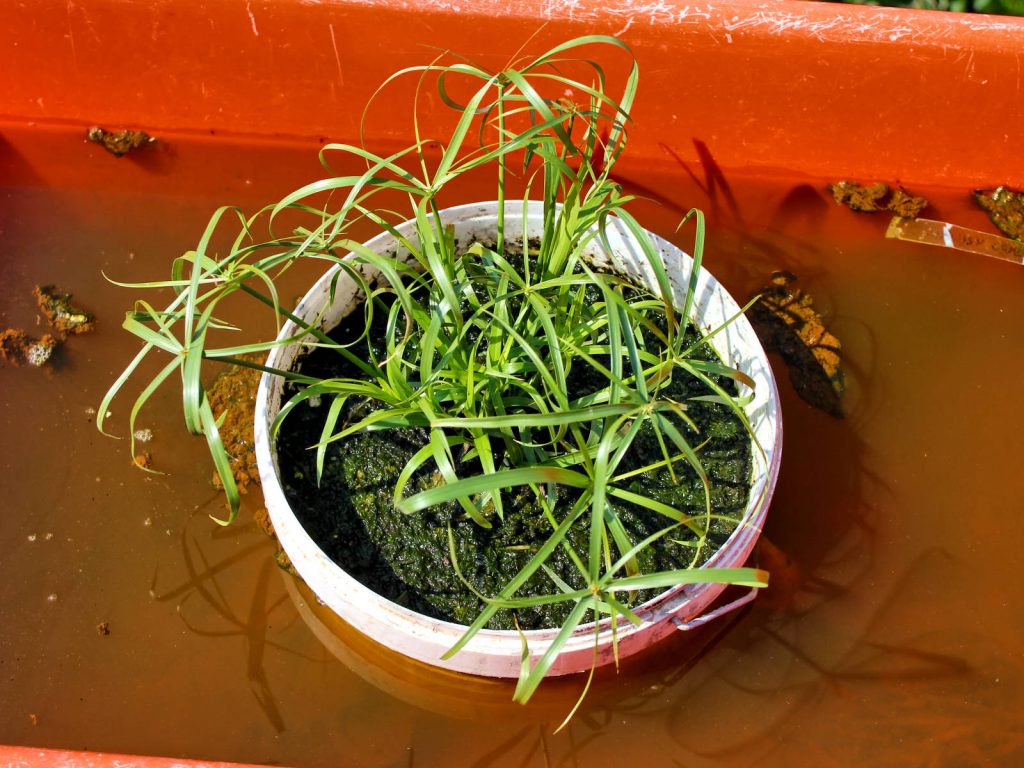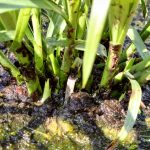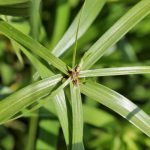Borinda fungosa
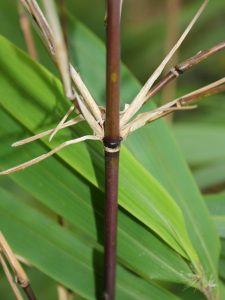
Borinda is genus of a clumping bamboo that can grow considerably higher and thicker than Fargesia, but lucks it’s cold hardiness. Most of Borinda bamboos are cold hardy to around -10C. Borinda fungosa can be very vigorous grower, even when it’s just a small seedling. If it gets proper position to thrive, it tends to upsize fast. Bamboo has pachymorph rhizomes and forms dense clumps of yellowish culms. When Borinda fungosa gets enough sun exposure, culms can get nice looking dark brown color. Despite the color change, it can’t handle too much or too strong sun exposure. Borinda fungosa has strong tendency to ‘weep’, because soon after it branches out, weight of large amount of leaves start to bend the culm downwards.
Basic information:
| Height: 3 to 4 m Culm diameter: 2 cm Hardiness: -8 to -10 °C Characteristics: cold sensitive, vigorous, clumping bamboo, hairy shoots, sheathes and leaves, heat sensitive – not performing well in sunny locations |
Seeds germinated in only a couple of days. Out of ten seedlings, two managed to sprout and both survived first couple of years. One of them was pampered from the very beginning and it showed how prolific and vigorous growth it is capable of, the other got almost killed on many occasions, but later, when placed outdoors, turned out as much better performer.
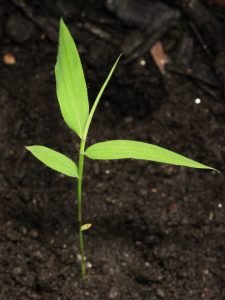

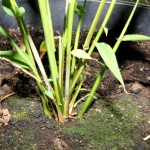
Borinda fungosa seedlings are growing fast and tend to upsize rapidly. Leaves are covered with hair which is very evident while the seedlings are still young – with larger plant, you can hardly notice that leaf characteristic. Shooting cycles were around three weeks apart at the beginning. With every shooting cycle, some kind of deficiency related leaf damage appeared. That problem went away when the plant got better established and could provide more nutrients to the upcoming shoots. Shooting almost completely stopped during the summer, and later happened again in early fall. Because it’s not cold hardy as some other bamboos, late shoots usually die off completely during the winter even if they are exposed only to a minor freezing.
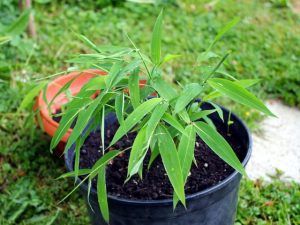
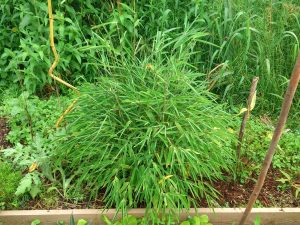
In the spring, it got attacked by European Corn Borer. Nearly all the early spring shoots were attacked and there was almost no upsize. Each of the shoots had caterpillar inside, which managed to eat most of the shoots all the way down to the soil level.

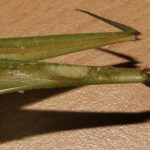
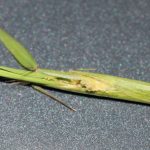
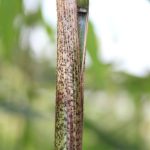
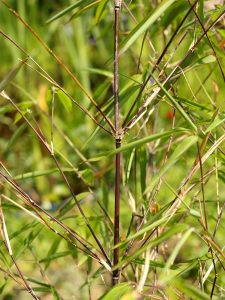
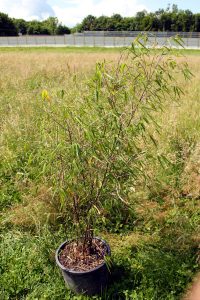
Shoots are covered with dark hair and only a short portion of culm appears from it’s large culm sheath. It soon gets pushed away by numerous branches, growing from each of the nodes, turn to straw color and eventually falls of. Shoots appear hollow at first, because of it’s extra large culm sheathes. After a while, firs blades appear and growing shoots starts looking more similar to other bamboos.
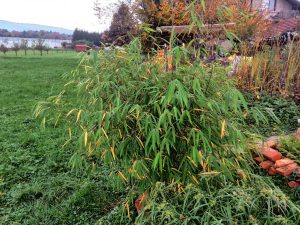
Borinda fungosa seedling appears to be one of bamboos, that loves to start shooting in the fall, when other bamboos usually already start with winter preparations. Around here, that usually means that new shoots are all killed by first couple of frosts. It’s also one of bamboos that gets a lot of yellow leaves in the fall which makes it stand out even more.
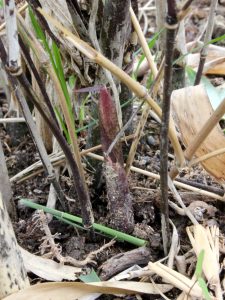
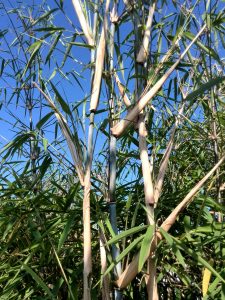
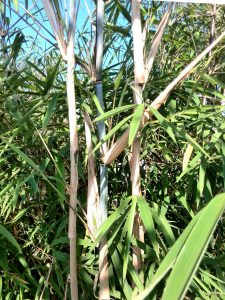
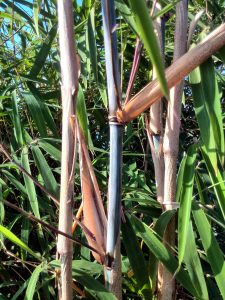
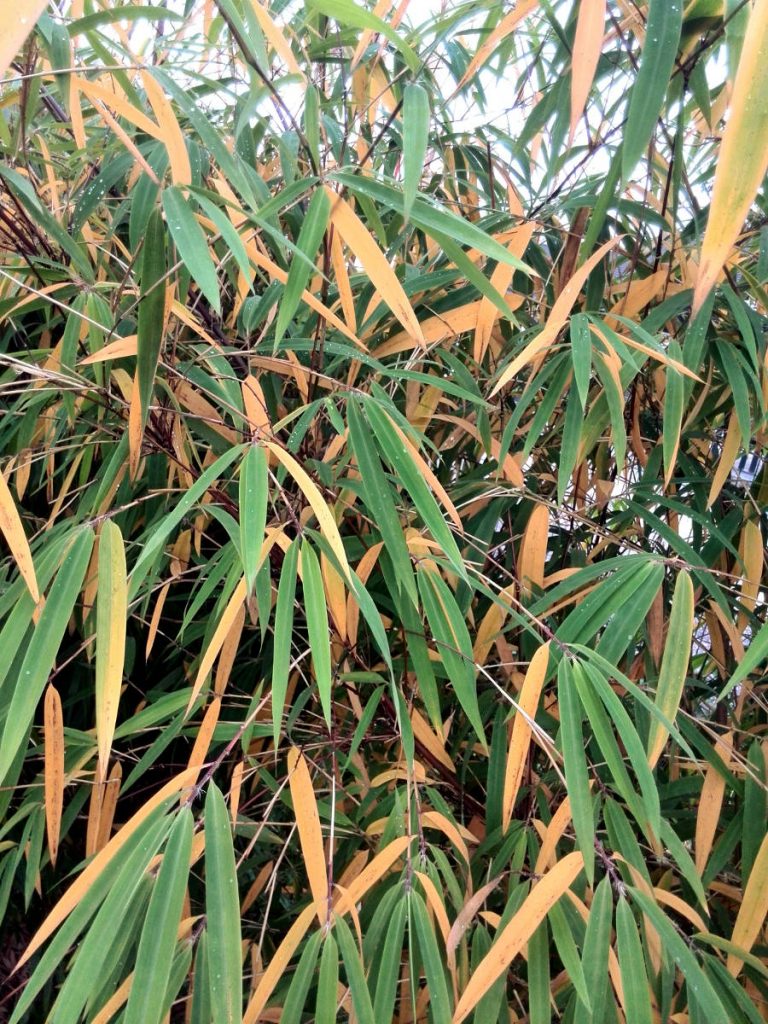
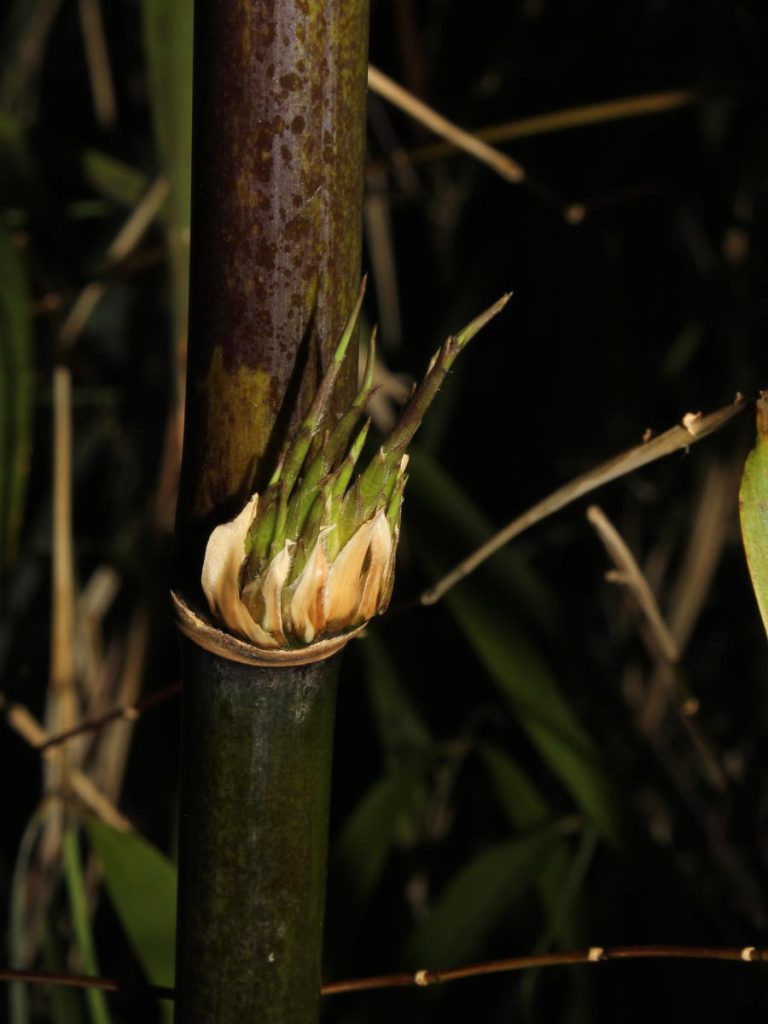
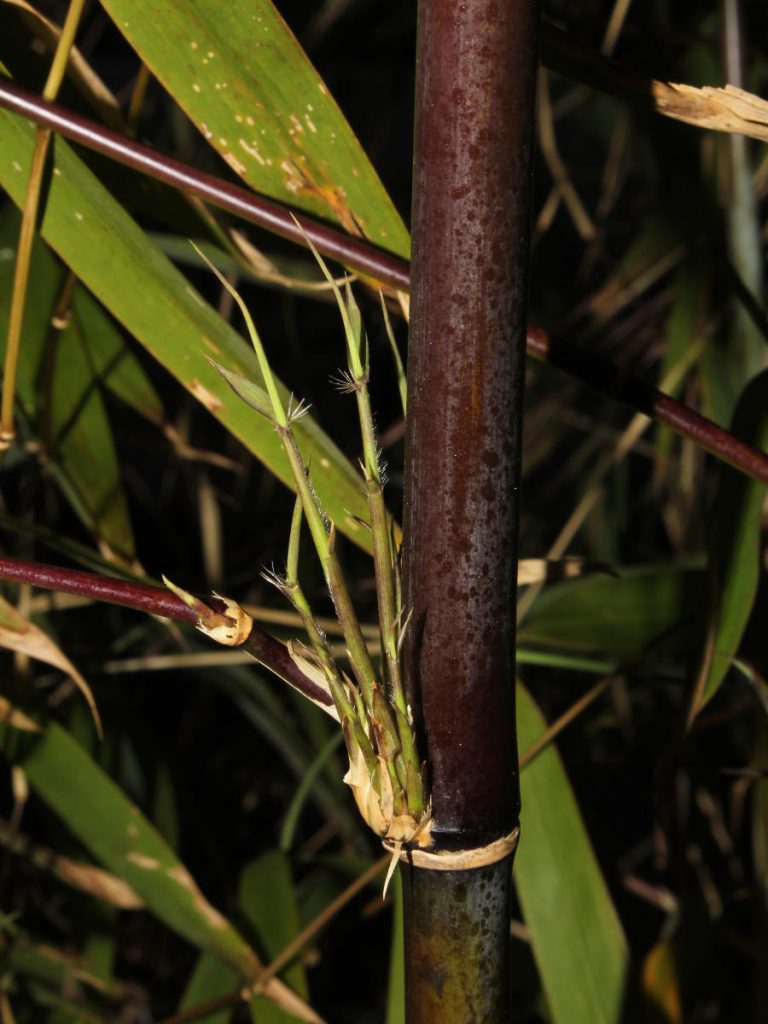
During cold winter 2014/2015 when temperatures plunged down to -19°C, I managed to keep it well protected under thick pile of snow that fell just before the worst cold arrived. Culms were already thick, so it wasn’t the easiest job to bend the whole plant closer to the ground, but I managed to tarp it down and cover it with snow. It worked remarkably well and it not only survived the winter, it actually kept most of its foliage.

